[ Previous: "Loop-de-loop-de-loop" ]
[ Next: "Oops, broke it!" ]
11/26/2016: "Legos (what, again?!)"
Yes, again! Legos (or Duplos!) are a nice visual way to represent things, so you get another post on 'em! So how do they relate this time? Read on to find out! (With pictures!!!)
Here's what things look like when you first start training. Gak! How will I ever be able to make sense of any of this?! So much to absorb! So many different things!!!
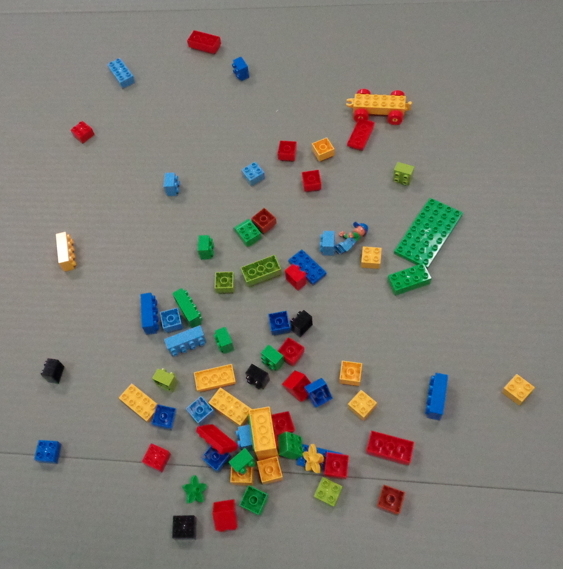
Repetition helps, for starters, as does learning techniques which conform to how your and your opponent's bodies work.
Within even a short period of time, students realize that the Legos have form, and they begin to be able to sort them.
Perhaps by color:
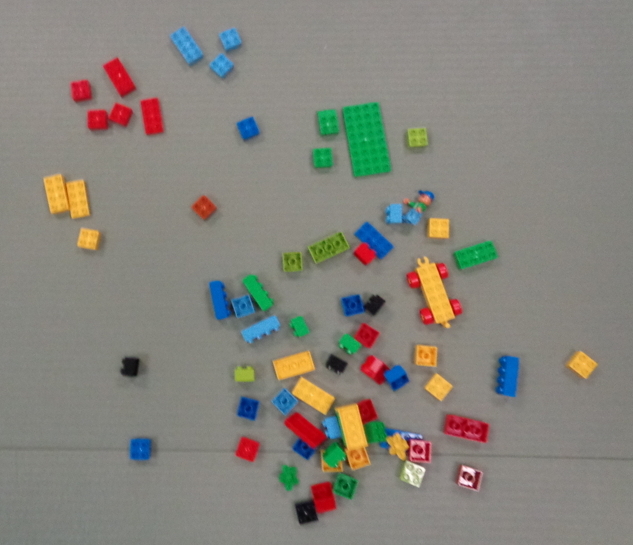
Or perhaps by type:
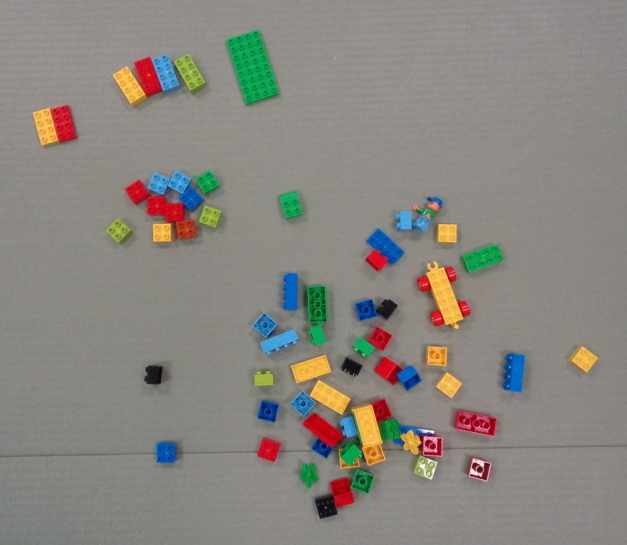
In how short of a time? We've talked about that before, in this post, and in this one. Both of those were within the context of a twice-weekly one-hour class which one of our instructors taught at a local government facility. People catch on pretty fast, even with limited exposure.
So you learn, your mind processes things, and you start to sort. And you realize that certain things fit together:

And as you see what fits together, you're able to build even better things:
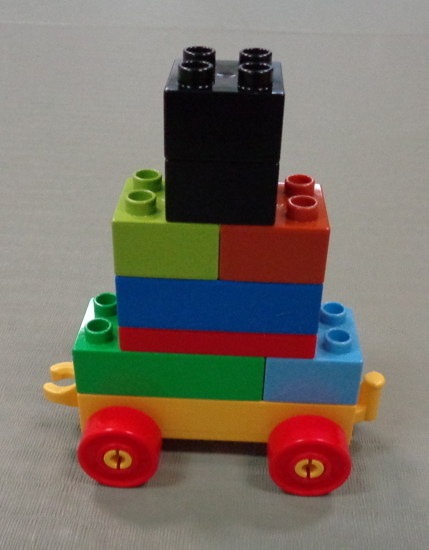
You also realize along the way that there are always a few... oddities...
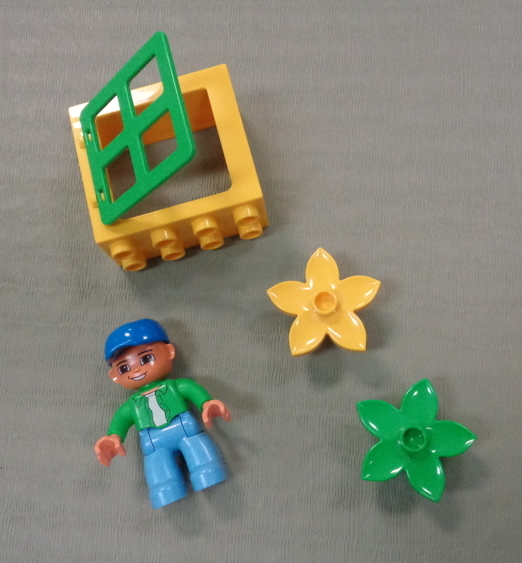
Eventually you'll find out where and when you can use those too!
You'll also figure out that although some things may fit here and there, it can sometimes be too much trouble to try and use them in a given situation - you might be able to, but in doing so, you end up with something like this:
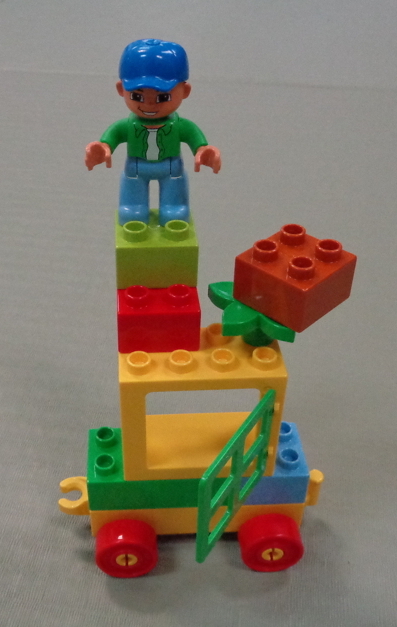
It all fits, right? But you sure had to do a lot of machinating to get there! Since one of our mottos is "be efficient" (where "efficient" is spelled l-a-z-y - but only at dojo, not on spelling tests!), we prefer to be efficient and not force techniques just because.
We do, however, encourage the students - both kids and adults - to think about the Legos they know, and to see if they can use them in other situations than the initial ones in which they learned them. Some they can, some they can't, some would be like the above, more of a "yeah, but".
Being efficient is fun, and so are the body mechanics you learn. (Spelled m-a-g-i-c (but only at dojo!).) Even on very flexible (or rigid) people, bodies only do certain things. An elbow is a hinge joint. A knee is a hinge joint. Shoulders and hips are ball joints. And so on. Doesn't matter if you're 6'7" or 4'6" - they're the same. And they work the same. We loooove body mechanics. They're probably the biggest type of Lego we use. (Timing, body positioning (yours and the attacker's) etc. are crucial as well.)
Fun!
